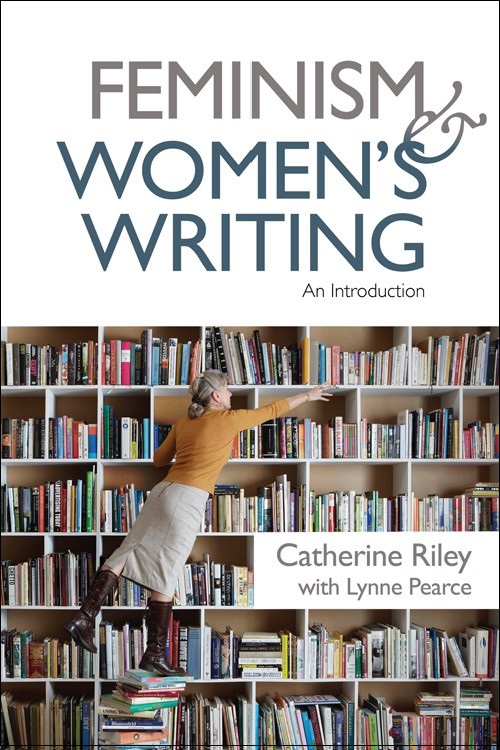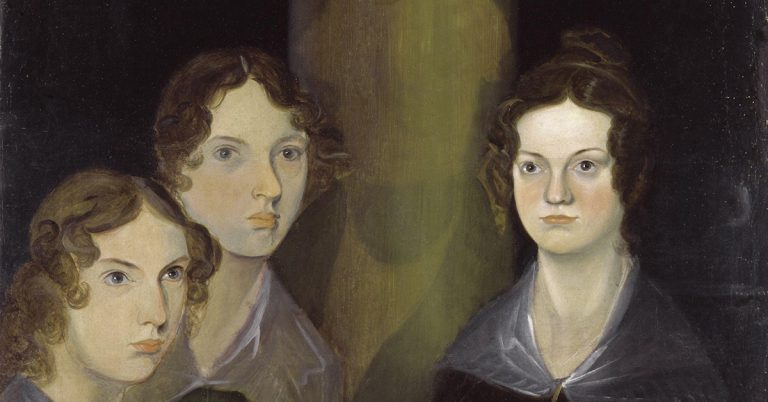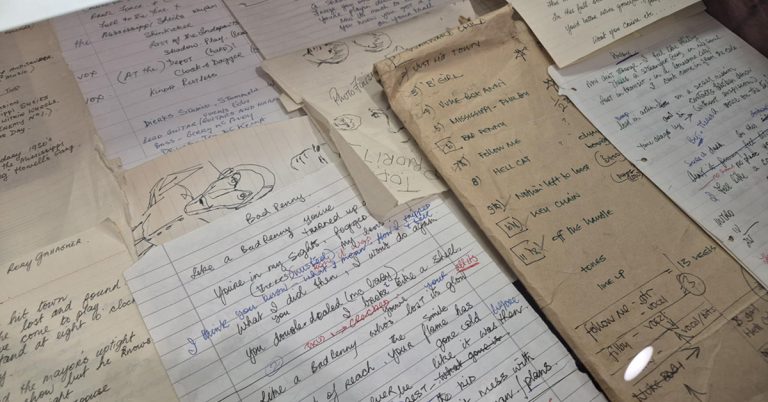
By Catherine Riley and Lynne Pearce
We were completing the edits on Feminism and Women’s Writing: An Introduction at the end of 2017 when something seismic, something transformational, began to happen. The exposure of Harvey Weinstein’s long history of sexual assault, harassment and bullying prompted an astonishing calling-out of male abuse of power across all industries – not only entertainment but also politics, finance, sport, law, education and even (to no one’s surprise bar a breathless tabloid press) charity.
These revelations were certainly extraordinary in their quantity, logged by the hashtag #MeToo and later #TimesUp on social media; but they were in every other way unsurprising. The relentless, everyday, universal abuse by men of their power over women is part of the fabric of our culture, and cultures across the world. We teach our female children to fear predatory men, to work twice as hard to get the same recognition as their males peers, to resist the imagery that exalts the role of mother, or which persuades them their worth is in display, and sexual availability, and subservience.
This culture is reflected in what women (and men) write: how they write, and what they write about. That is art’s role – to reflect culture. As we experience this current ‘#MeToo’ moment, the stories that have been told by women in the past evidence that the oppression of women through sexual, physical, emotional and psychological violence is not new – but neither are the efforts to resist it. Art also has a crucial role in staging resistance(s).
Our book plots the history of women’s literary resistance to the multiple modes of male power that have shaped contemporary cultures – it could thus not be more timely. It is a reminder of what has been achieved – but also of how far we still must come. The authors and texts we examine in the pages of Feminism and Women’s Writing are the literary antecedents of the #MeToo movement: they are part of the same continuum of resistance to male abuse, privilege and complacency.
We therefore hope that our book will play its part in furthering the exposure of, and resistance to, the hegemony of patriarchal cultures for a new generation of student readers who are familiar with the ‘me too’ debates that shape the present but know rather less about feminism’s recent past. The extent to which the campaigns, alliances and publications that shaped the latter decades of the twentieth century have already fallen out of view was, indeed, a prime consideration in putting this book together.
Anyone teaching in the fields of literary and cultural studies today will know that there are students who no longer know who ‘Mrs Thatcher’ was or, indeed, that women writers like Margaret Atwood and Angela Carter explored many of the ‘impossibilities’ of what it means to live, or perform, one’s life as a woman long before Judith Butler and others brought such issues to theoretical consciousness. By following Britain’s feminist publishing history through these decades – i.e. the 1960s to the present – alongside summarising, and demonstrating, how feminist theory, politics and literature spoke to one another during this period we hope to bring this recent past newly alive, as well as fill in some of the gaps that now exist for student readers.
For, wherever feminism turns its attention next, it is vital that new generations stay in touch with those that preceded them; not only in order to avoid ‘re-inventing the wheel’ but also so that they benefit from the immense solidarity that comes from knowing that women do have a history: be it in the fight against ‘everyday sexism’ or the pressures to conform to certain body ideals and stereotypes. This rationale is, indeed, the motivating force behind a number of important feminist publications such as Clare Hemmings’s Why Stories Matter (2011) and Victoria Browne’s Feminism, Time and Non-Linear History (2014) whose authors have argued persuasively that ‘Second Wave Feminism’ (which used to be dated from the 1960s and 1970s) most definitely isn’t a thing of the past and that the chronology of the feminist movement needs to be rethought to allow for its continuities as well as its evolutions.
For those of us who have the pleasure and privilege of making this history come alive for successive generations of students the continuities are, indeed, everywhere. An incredible forty or fifty years on from when ‘women writers’ courses first made it onto the syllabuses of British and American University syllabuses (at Lancaster University, for example, it was 1984), students still vote with their feet to come to them. This is testament to the fact that feminism remains a collective history in the making. This is a long march, for sure, but by keeping the achievements of the pioneers of the recent past in mind, present and future generations will gain strength, save time and – we hope – change minds.
Feminism & Women’s Writing: An Introduction published in March 2018.
 Catherine Riley is currently Head of Communications at the Women’s Equality Party, the UK’s first feminist political party. She is a feminist historian and writer, and an expert on contemporary feminist publishing in the UK. She has taught English Literature and Gender Studies at Lancaster and Northumbria Universities and Birkbeck College in London, where she completed her doctoral thesis on the feminist publisher Virago. Her monograph on this subject will be published in 2018.
Catherine Riley is currently Head of Communications at the Women’s Equality Party, the UK’s first feminist political party. She is a feminist historian and writer, and an expert on contemporary feminist publishing in the UK. She has taught English Literature and Gender Studies at Lancaster and Northumbria Universities and Birkbeck College in London, where she completed her doctoral thesis on the feminist publisher Virago. Her monograph on this subject will be published in 2018.
 Lynne Pearce is Professor of Literary Theory and Women’s Writing at the University of Lancaster. She has published widely in the field of literary and cultural theory, with particular interests in: feminist reader-theory (Woman/Image/Text (1991), Reading Dialogics (1994), Feminism and the Politics of Reading (1997), The Rhetorics of Feminism (1997); romance theory (Romance Writing, 2007); and mobilities research (Devolving Identities (ed.) (2000), Postcolonial Manchester (co-authored: 2013). She is also Director of Humanities at the Centre for Mobilities Research, Lancaster.
Lynne Pearce is Professor of Literary Theory and Women’s Writing at the University of Lancaster. She has published widely in the field of literary and cultural theory, with particular interests in: feminist reader-theory (Woman/Image/Text (1991), Reading Dialogics (1994), Feminism and the Politics of Reading (1997), The Rhetorics of Feminism (1997); romance theory (Romance Writing, 2007); and mobilities research (Devolving Identities (ed.) (2000), Postcolonial Manchester (co-authored: 2013). She is also Director of Humanities at the Centre for Mobilities Research, Lancaster.






Teaching girls (or indeed boys) to “resist the imagery that exalts the role of mother” seems like peculiarly bad counsel, both from the standpoint of a promoting happiness and in light of the current “demographic winter”.